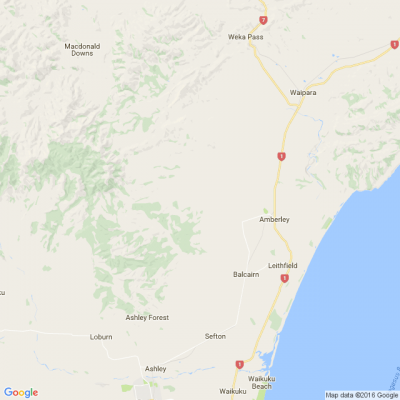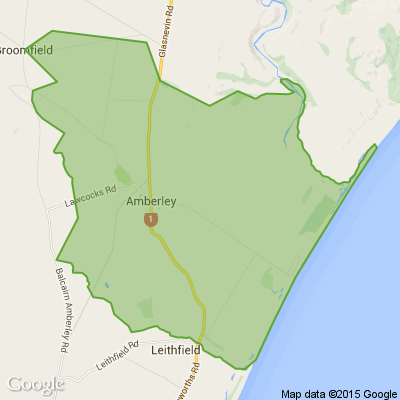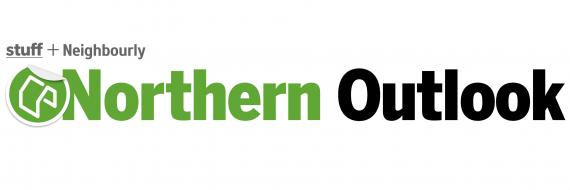Hurunui council considers reforms
By David Hill, local democracy reporter
How to ensure a local voice is retained is at the forefront of council deliberations, as the Hurunui District Council considers its submissions on the government’s reform agenda.
Centralisation appeared to be a common theme in the Resource Management Act (RMA) reform, Three Waters bills and the draft future of local government report, Hurunui mayor Marie Black says.
"There seems to be a trend to centralise everywhere, which would remove the local voice," Black said.
"We have a history of voicing our opinion in the Hurunui, but you can be swayed by the numbers."
Chief executive Hamish Dobbie said an unanswered question with the proposed Three Waters, four entity model, was how Hurunui would be represented.
"Will we get to sit in the room, because that seems unlikely, and then how will our voice be heard if we are not in the room."
The same concern was echoed when the council considered the other reforms.
The government introduced two bills last year, the Natural and Built Environment Bill and the Spatial Planning Bill, to replace the RMA.
A third, Climate Adaptation Bill, was due to be introduced later this year.
Among the proposed changes were regional plans to replace district plans.
Black said the district plan process provided an opportunity for local people to be engaged in the process.
But there was no guarantee there would be the same level of engagement at a regional level.
"Historical knowledge will be lost because it will be a much broader framework, so how can ordinary people be influential?"
Black and Dobbie welcomed the requirement for territorial authorities to have a statement of community outcomes, but they had some reservations.
"It means we can create a statement with a Hurunui lens, but that can easily be disregarded at a regional level," Black said.
Dobbie said the intent of replacing district plans with a regional plan was to speed up the process.
"I think the select committee will hear a variety of ideas from around the country and they need to listen to what local government has to say.
"We have been at the coalface delivering this for years."
Among the proposals in the draft future of local government report were scenarios for the future structure of local government.
These included moving to a unitary authority model with local community boards to ensure some local representation.
A population of no less than 70,000 was thought to be necessary to be sustainable.
With the hint of amalgamation in the air, Dobbie suggested Waimakariri consider "merging into us", rather than the other way around.
"I don’t know what amalgamation can really deliver, because if you take the local out then it is just government."
*Public Interest Journalism funded through NZ on Air
Neighbourhood Challenge: Who Can Crack This One? ⛓️💥❔
What has a head but no brain?
Do you think you know the answer? Simply 'Like' this post if you know the answer and the big reveal will be posted in the comments at 2pm on the day!
Want to stop seeing these in your newsfeed?
Head here and hover on the Following button on the top right of the page (and it will show Unfollow) and then click it. If it is giving you the option to Follow, then you've successfully unfollowed the Riddles page.

Ashley Christmas Carol Service - All Welcome
Time for our annual Christmas Carol Service.
7 pm Wednesday 24 December - that's Christmas Eve.
39 Canterbury St, in the Ashley Village - signposted from Scenic Route 72.
Our guest service leader, Paul Askin, and his band of talented musicians will take us through a programme of favourite carols and worship.
Supper to follow.
A koha/donation will be greatly appreciated. Funds raised go towards the maintenance and repairs of our heritage building.
Enquiries: Ph 027 289 1380

Some Choice News!
Many New Zealand gardens aren’t seeing as many monarch butterflies fluttering around their swan plants and flower beds these days — the hungry Asian paper wasp has been taking its toll.
Thanks to people like Alan Baldick, who’s made it his mission to protect the monarch, his neighbours still get to enjoy these beautiful butterflies in their own backyards.
Thinking about planting something to invite more butterflies, bees, and birds into your garden?
Thanks for your mahi, Alan! We hope this brings a smile!








 Loading…
Loading…